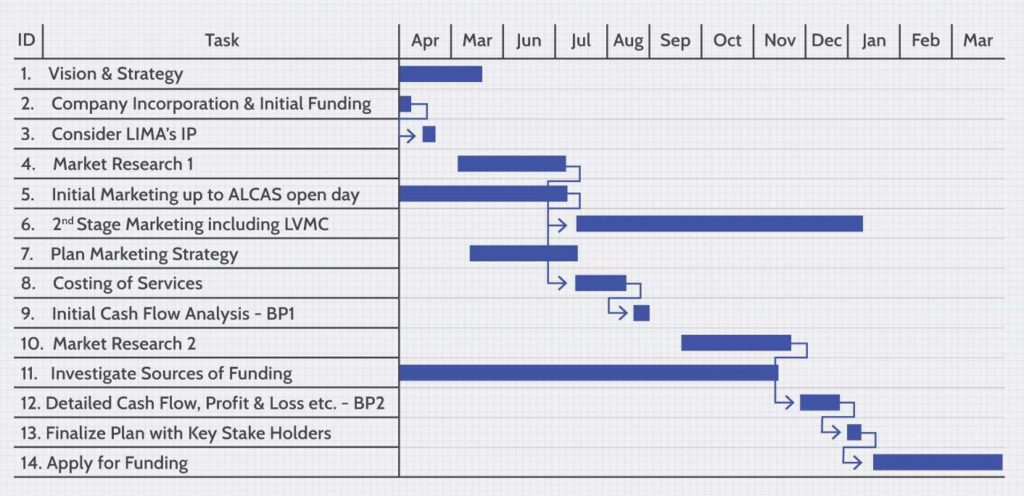Design-build contracts have emerged as a popular project delivery method in the construction industry. They offer a streamlined approach that fosters collaboration between architects, engineers, and contractors from the project’s inception to its completion. In this article, we’ll delve into the intricacies of design and build contracts, exploring their benefits, challenges, and key considerations.
Design-build contracts integrate the design and construction phases of a project into a single contract, where a single entity is responsible for both design and construction.
Unlike traditional contracts where the owner manages multiple contracts, in design and build contracts, the design-builder takes on the responsibility for all aspects of the project, from concept to completion.
However, the employer can appoint a consultant to act on behalf of him to look into the project. Consultant sometimes called as employers’ representative. He will be checking the design and construction work to a certain extent as per the contract following the ER.
Advantages of Design-Build Contracts
Design-build offers numerous advantages, including:
- Streamlined Communication
With a single point of contact, communication is enhanced, minimizing misunderstandings and delays. This ensures a smoother project flow.
- Faster Project Delivery
The overlapping of design and construction phases reduces project timelines significantly, delivering completed projects faster than traditional methods.
- Cost Savings
Collaboration from the outset allows for more accurate budgeting, reducing the likelihood of costly changes later in the project.
- Enhanced Collaboration
Design-build encourages teamwork and collaboration among all stakeholders, leading to innovative solutions and a more unified approach.
Steps Involved in Design-Build Contracts
The design-build process typically involves the following stages. But it is not mandatory to follow the same procedure.
- Prequalification
Selecting design-build teams based on their experience, capabilities, and compatibility with the project. This may be contractor most of the time and selection will be done to identify the most suitable team who can complete the task successful.
- Conceptual Design
Developing a preliminary design that outlines the project’s scope, budget, and schedule.
- Design Development
Refining the conceptual design, including architectural, structural, and engineering details.
- Contracting
Negotiating contract terms and conditions, including project scope, timeline, and payment structure.
- Construction
Executing the construction phase while maintaining open communication between designers and builders. The consultant or the employer’s representative appointed by the client check the project proceeding in acceptable manner will involve.
- Project Closeout
Finalizing all project elements, ensuring compliance with specifications, and handing over the completed project to the owner.
Key Differences Between Design-Build and Traditional Contracts
Design-build contracts differ from traditional contracts in several ways:
- Single vs. Multiple Contracts
Design-build involves a single contract between the owner and the design-build entity, while traditional methods require separate contracts for design and construction.
- Risk Allocation
In design-build, the design-builder assumes more risk, whereas traditional contracts place the majority of risk on the owner.
- Consultant Role
The consultant appointed by the employer will take necessary steps to check the project is proceeding in accordance with the acceptable standards and norms. Consutant would review the design and accept in addition to the involvements during the construction.
- Coordination
Sine the one party is responsible for the design and build, project consultant or the employer need not to attend the for that.
- Collaboration
Design-build emphasizes collaboration from the beginning, leading to more creative and integrated solutions compared to the often-siloed approach of traditional contracts.
Common Misconceptions About Design-Build
There are a few misconceptions about design-build that need to be addressed:
- Lack of Quality
Some believe that design-build sacrifices quality for speed, but with proper management, quality can be maintained. Having a consultant team or team from the employer would be able to avoid these issues certain extend.
- Limited Design Input
Contrary to belief, design-build encourages design input from various team members, resulting in a well-rounded final product.
- Cost Overruns
When executed efficiently, design-build can actually reduce the likelihood of cost overruns due to better cost control mechanisms.
Factors to be Considered When Choosing a Design-Build Contractor
When selecting a design-build contractor, consider the following factors:
- Experience and Expertise
- Compatibility
- Transparent Pricing
- Innovation
- Mitigating Risks in Design-Build Projects
- Clearly Define Scope
- Comprehensive Contracts
- Constant Communication
- Regular Review
Design and build contracts offer a holistic and efficient approach to project delivery, fostering collaboration and expediting timelines. By understanding the nuances of design-build contracts, stakeholders can harness their benefits while effectively managing challenges.


